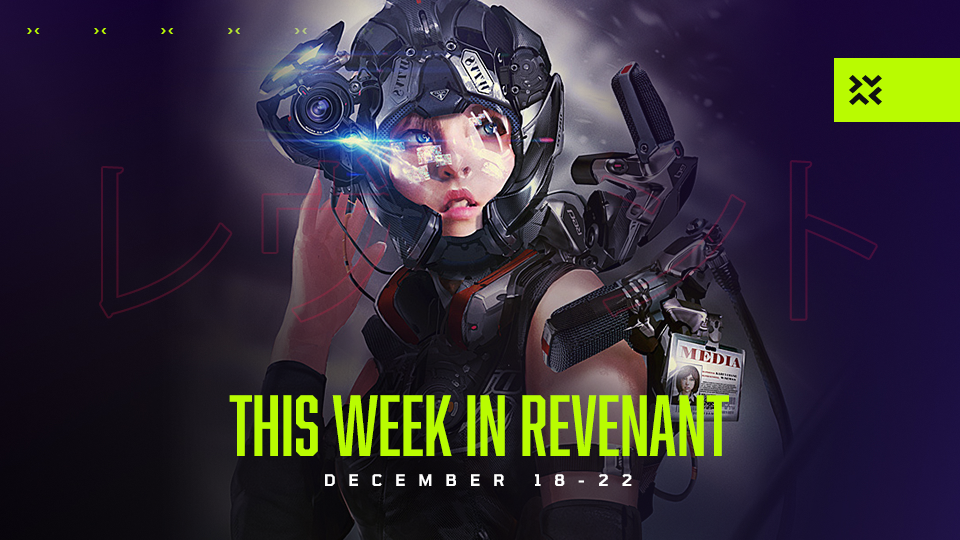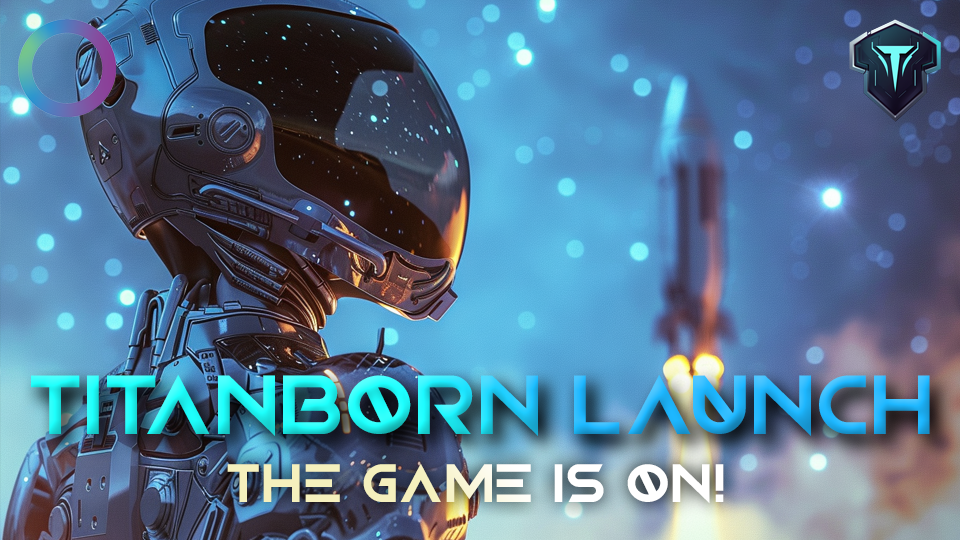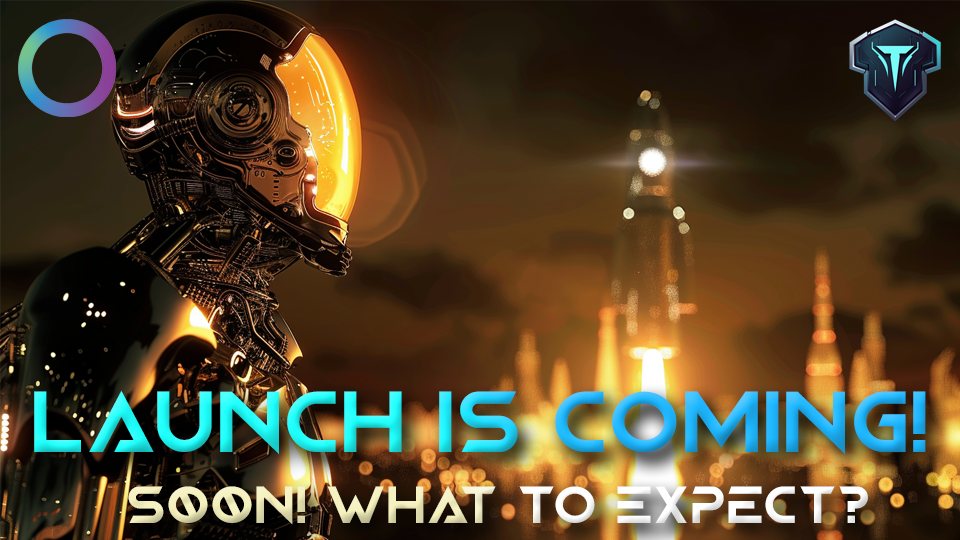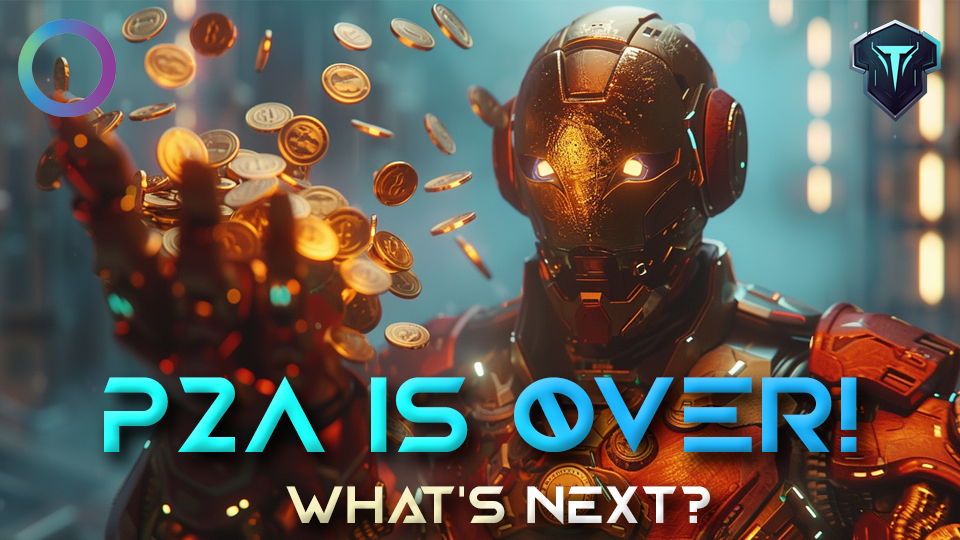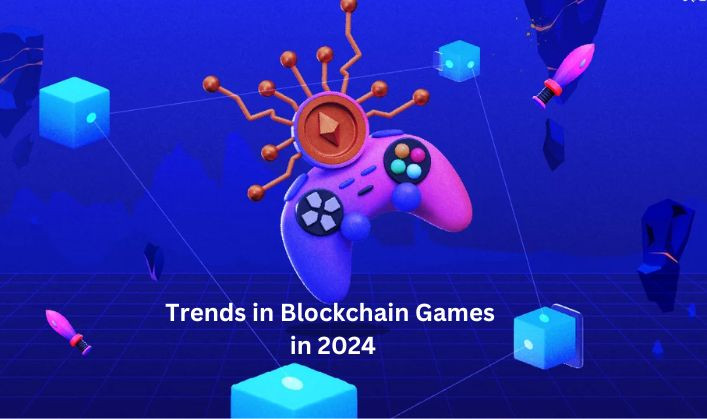
In the rapidly evolving landscape of blockchain gaming, 2024 is poised to be a pivotal year. As blockchain technology continues to gain traction and the crypto market shows resilience, industry experts are weighing in on the trends and developments that are expected to shape the future of Web3 gaming. In this article, we’ll delve into the insights and predictions shared by prominent executives in the field.
Key Insights from Industry Leaders
Henry Chang – CEO of Wemade
Henry Chang, the CEO of South Korean game development company Wemade, believes that 2024 will witness a significant surge in blockchain-based games. According to Chang, developers are gaining confidence, paving the way for greater experimentation and more intricate use of blockchain elements within games. He anticipates a wider variety of Web3 games across different genres.
Chang highlights the appeal of blockchain gaming, emphasizing its ability to introduce new revenue streams, offer novel gaming experiences, and enhance community engagement through token-gated benefits. He underscores that blockchain gaming empowers gamers by granting them ownership of in-game assets, bridging the real-world economy with virtual worlds, and fostering interoperability among games.
Bartosz Skwarczek – Founder and CEO of G2A Capital Group
Bartosz Skwarczek, the visionary behind the gaming marketplace G2A, echoes Chang’s sentiments and foresees increased collaboration between traditional industry players and Web3 startups in 2024. This collaboration is expected to drive mainstream adoption of Web3 gaming.
Skwarczek envisions improved accessibility and user-friendly interfaces that will lead to more sophisticated game designs and engaging gameplay mechanics, attracting a broader audience. He believes that the integration of nonfungible tokens (NFTs) for in-game assets and the emergence of a true Triple-A-rated Web3 game could redefine blockchain gaming in the coming year.
Overcoming Challenges in Web3 Gaming
While there is much optimism for the future of Web3 gaming, industry experts acknowledge some significant challenges. One major obstacle is the complexity of blockchain technology, which can be daunting for game designers and developers. Simplifying the integration of Web3 elements into games and making blockchain aspects more intuitive and native to gameplay is seen as a solution to this challenge. The goal is to make it easier for gamers to understand and embrace Web3 technology, ultimately leading to broader adoption.
Skwarczek emphasizes the need for a “groundbreaking Web3 title” that sets the standard for blockchain gaming and enhances the overall gaming experience. Such a title could be the catalyst for attracting attention and driving mass adoption of Web3 gaming.
TitanBorn is poised to carve out a significant space in Web3 through its unique gaming experience, refined and streamlined user interface, and gameplay-first approach. On top of it, cutting edge tokenomics practices will ensure enticing revenue streams for blockchain enthusiasts, while NFT integration makes good on the promise of true ownership.
Conclusion
As we look ahead to 2024, the Web3 gaming landscape is filled with promise and potential. The insights shared by industry leaders like Henry Chang and Bartosz Skwarczek paint a picture of an industry that is poised for growth, innovation, and collaboration. While challenges remain, the future of blockchain gaming appears bright, with the possibility of groundbreaking titles and mainstream adoption on the horizon.


